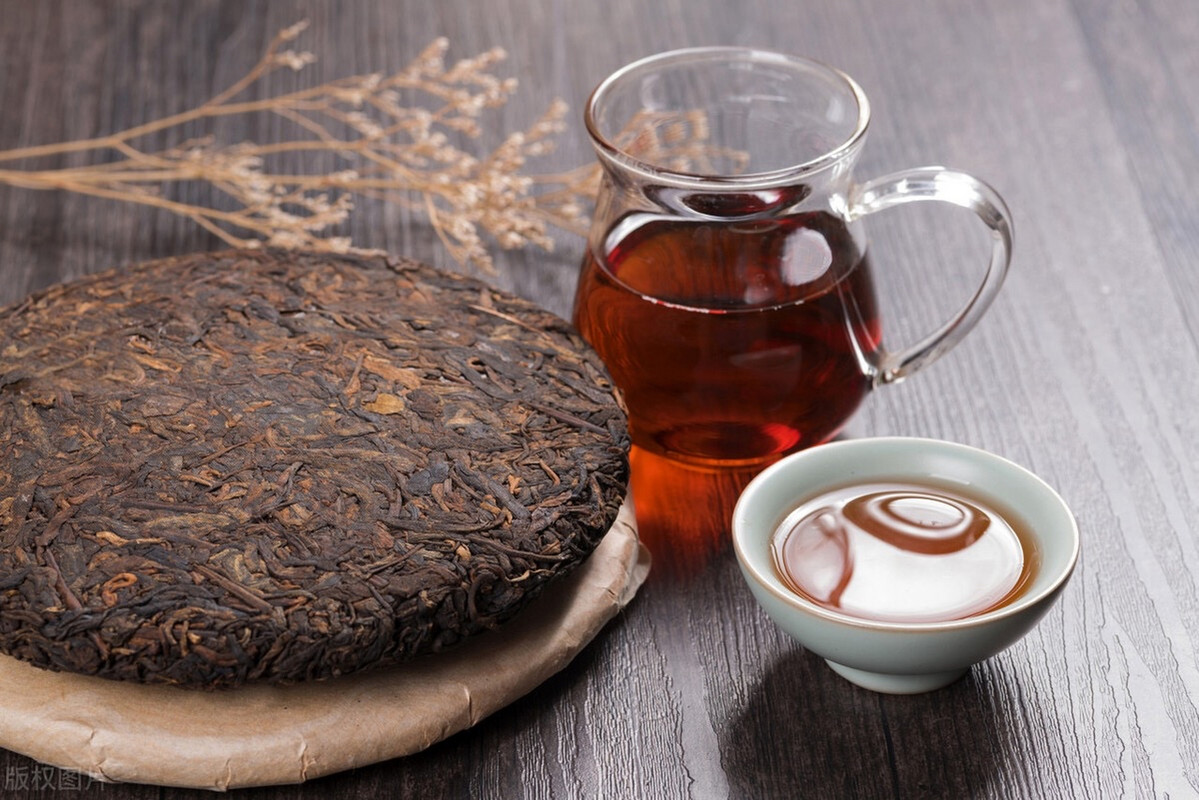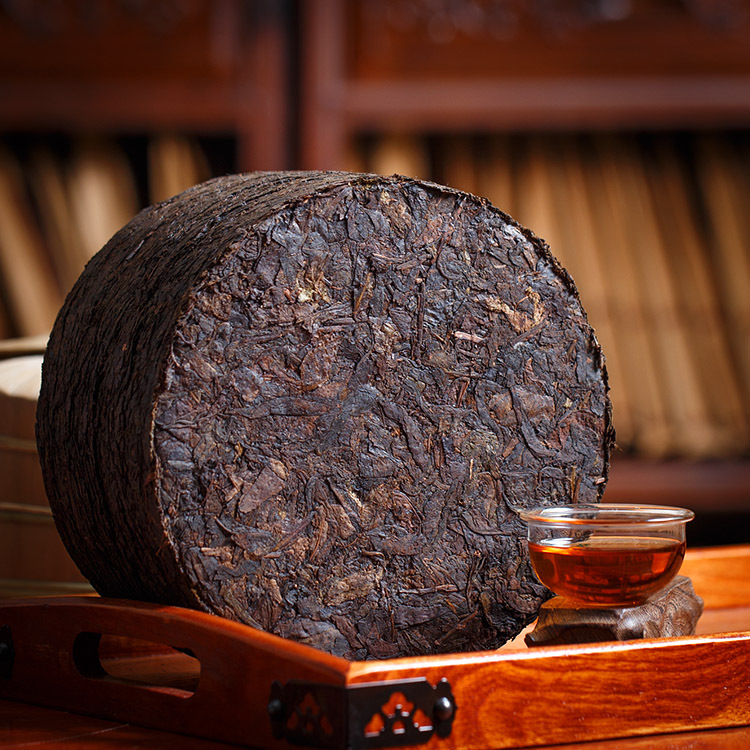In the vast expanse of Chinese tea culture, Pu-erh tea stands out as a unique and cherished treasure. With a history spanning over a thousand years, Pu-erh tea is not merely a beverage but a cultural icon, steeped in legend, history, and tradition.

Origins in Ancient Yunnan
The story of Pu-erh tea begins in the misty mountains of Yunnan Province, where the tea’s origins can be traced back to the Eastern Han Dynasty. It was here, in the regions of Xishuangbanna and Simao, that the ancient Pu people (ancestors of today’s布朗族 and佤族) first discovered and cultivated the wild tea trees. They used the tea leaves for medicinal purposes and as a daily drink, unaware of the legacy they were about to create.
The name “Pu-erh” is derived from the old name of the town of Puer (now called Ning’er), which was a major trading post along the ancient Tea and Horse Caravan Road. As the tea made its way from the mountains to the markets, it underwent a natural fermentation process, which gave it a unique, earthy flavor and aroma. This fermented tea became known as Pu-erh tea, and its reputation spread far and wide.
Cultural Significance and Daily Life
Pu-erh tea’s cultural significance extends far beyond its role in trade. In the daily life of the people of Yunnan, Pu-erh tea was more than just a drink; it was a way of life. The tea was used in traditional ceremonies, offered to guests as a sign of respect, and even used as a medium of exchange. The tea’s unique flavor, with its notes of earthiness and aged wood, became a symbol of the region’s identity.
Over time, Pu-erh tea became deeply intertwined with the local culture. The production of Pu-erh tea was a meticulous process, involving several steps, including picking, withering, killing green (de-enzyming), rolling, piling (fermentation), and drying. The tea was often compressed into cakes or bricks, which made it easier to transport and store. These tea cakes became a form of currency in the region, and their value increased with age, much like fine wine.
The Tea and Horse Caravan Road
The Tea and Horse Caravan Road, which stretched from Yunnan to Tibet and beyond, played a crucial role in the spread of Pu-erh tea. Along this ancient trade route, Pu-erh tea was exchanged for horses, which were highly prized in the mountainous regions of Yunnan. The tea’s ability to withstand long journeys and its unique flavor made it a popular choice among traders and travelers alike.
As the tea made its way along the caravan road, it underwent a natural aging process, which further enhanced its flavor and aroma. This aged Pu-erh tea became highly sought after, and its reputation spread throughout China and beyond. Today, aged Pu-erh tea is considered a luxury item, with some tea cakes fetching astronomical prices at auctions.
Modern Appreciation and Global Influence
Today, Pu-erh tea continues to be cherished in China and around the world. Its unique flavor and health benefits have attracted a growing number of tea enthusiasts. In recent years, Pu-erh tea has also gained recognition in the global market, with its rich history and cultural heritage serving as a bridge between China and the world.
Sipping a cup of Pu-erh tea is not merely an act of hydration but a journey through history and culture. It connects us to the ancient Tea and Horse Caravan Road, to the Pu people who first discovered and cultivated the tea, and to the artisans who have perfected the craft of Pu-erh tea production over centuries. Whether enjoyed in a traditional Chinese tea house or a modern café, Pu-erh tea remains a testament to the enduring legacy of Chinese tea culture.



